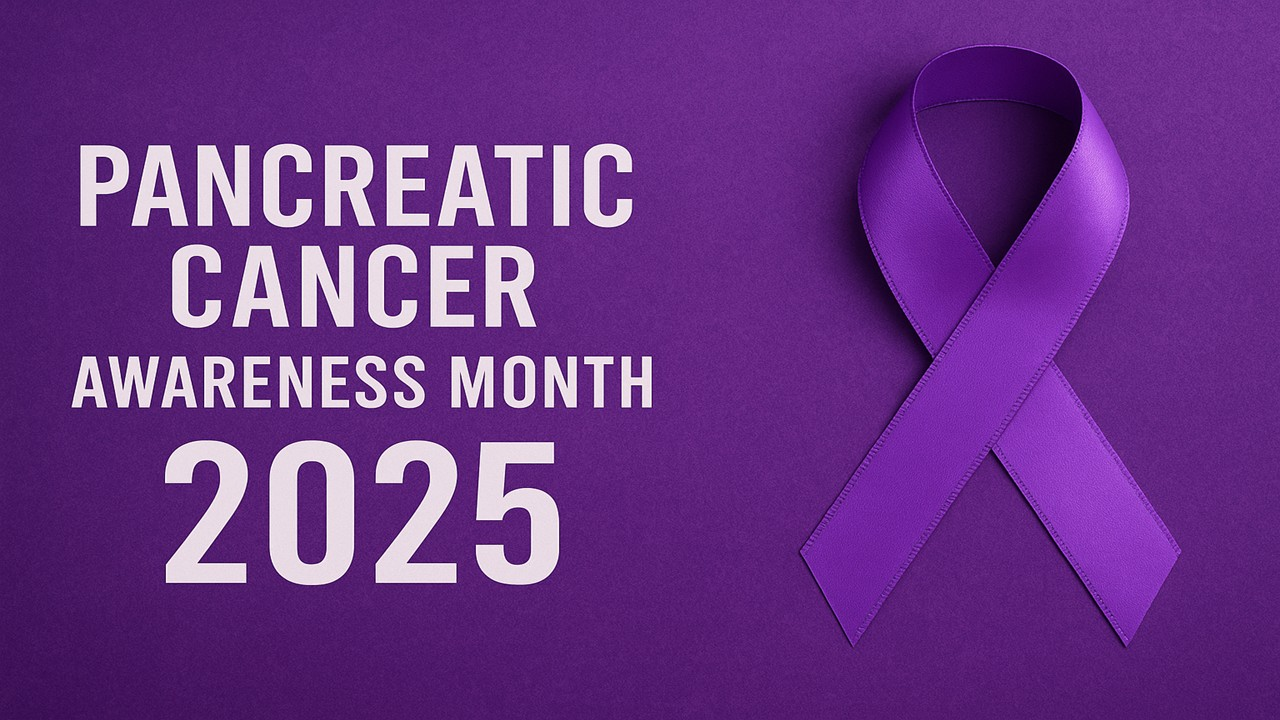Healthcare has historically been slower to adopt digital tools and automation. But that label doesn’t really fit anymore.
As of 2025, generative AI is being wired into electronic health records (EHRs) and clinical documentation, hospital-at-home programs have reached hundreds of hospitals and retail giants are rethinking clinic strategies.
The FDA is also racing to keep up with AI-enabled tools. Recently, the FDA prepared to review AI-driven mental health tools towards scrutinizing gen AI chatbots and digital companions.
Hospitals are now installing AI-supported rooms that automate documentation and surface clinical insights, while simultaneously scaling hospital-at-home and virtual ward programs.
These moves reveal a future where a data-enabled care environment could follow patients in and out of the hospital.
Below are five trends to watch, each illustrated with a few concrete 2025 developments.
Clinical AI Moves from Point Solutions to Core Infrastructure
AI began shifting into core clinical infrastructure in 2025, embedding itself in EHRs, documentation workflows and inpatient task routing. Hospitals stopped treating AI scribes and automated assistants as experiments and started deploying them system-wide.
2025 examples:
- Mercy expanded its collaboration with Microsoft’s Dragon Copilot, introducing an ambient AI tool for nursing workflows that captures care activity in real time to reduce manual documentation and after-shift charting.
- Ambience Healthcare joined Epic’s Toolbox program, enabling advanced ambient listening and automated note generation directly inside the Haiku mobile app for clinicians using Epic.
- WellSky launched its AI-powered Ambient Listening solution (via Suki) inside its Specialty Care EHR, giving behavioral health, rehab and long-term acute care providers automated note creation embedded in daily workflows.
Hybrid Care Models: Virtual Nursing and Telehealth 2.0
The pandemic-era shift to virtual care is settling into something more nuanced: a mix of in-person, virtual and “hospital-at-home” services, with policy uncertainty in the background.
On the inpatient side in 2025:
- Henry Ford Health launched virtual nursing, shifting admissions, discharges and education to remote registered nurses (RNs) to free bedside staff.
- NHS England’s virtual wards program, undergoing formal evaluation in 2025, used connected monitoring and digital coordination tools to safely manage higher-acuity patients at home.
- OU Health launched a hybrid nursing model that combines virtual and in-person teams to improve coordination, while Upstate Medical University introduced “virtual admissions” as part of a broader virtual nursing initiative.
Wearables and Home Monitoring Move Into Clinical Use
Consumer devices formally crossed into clinical territory in 2025, earning FDA clearances for cardiometabolic features and enabling more structured remote monitoring programs. Payers and providers increasingly treated wearables as real clinical inputs.
2025 examples:
- Apple Watch received FDA clearance for hypertension detection, using multi-week optical sensor data to flag possible high blood pressure.
- Pixel Watch 3 secured FDA clearance for its Loss-of-Pulse feature, enabling emergency alerts during cardiac arrest or overdose.
- Philips launched a smart telemetry platform for cardiac patients that extends continuous monitoring beyond the bedside across hospital networks, aiming to reduce alarm fatigue, support mobile patients and enable up to 30 days of post-discharge cardiac monitoring.
Value-Based Care Moves from Contracting to Data Infrastructure
If 2010s value-based care was mostly about contracts, 2026’s version is about data pipes, application programming interfaces (APIs) and shared analytics.
2025 examples:
- Providence and Humana formed a data-exchange partnership, using standardized APIs to coordinate attribution, quality and administrative data.
- Experity partnered with Amazon Pharmacy, giving 7,000 urgent care clinics access to same-day or two-day medication delivery.
- Oracle Health rolled out AI-powered payer/provider agents, designed to automate prior authorization steps and reduce admin workload in value-based models.
Workforce Pressures Accelerate Virtual Roles and Simulation Training
Hospitals confronted staffing shortages by upgrading simulation infrastructure, expanding academic training pipelines and shifting routine tasks to virtual teams. Health systems now see clinical training and digital support roles as core investments in patient safety.
2025 examples:
- Methodist Healthcare completed a $2.7M simulation-center upgrade, adding remote viewing, high-fidelity mannequins and emergency-scenario training.
- Upstate Medical University introduced virtual admissions, using remote teams for intake tasks to reduce bedside workload.
Healthcare in 2026 is shaping up to be more AI-enabled, hybrid, data-connected and workforce-aware, with success hinging on how well organizations integrate these forces into safe, sustainable care models.
If you want your company to be featured on Xtalks.com, please email [email protected].













Join or login to leave a comment
JOIN LOGIN